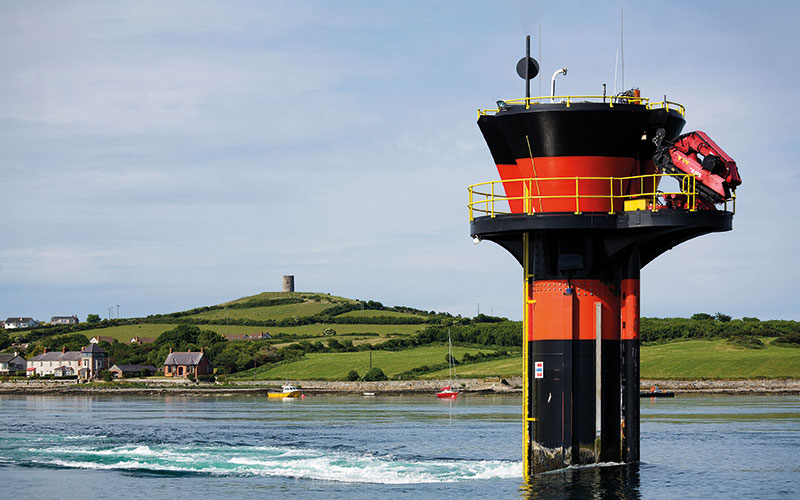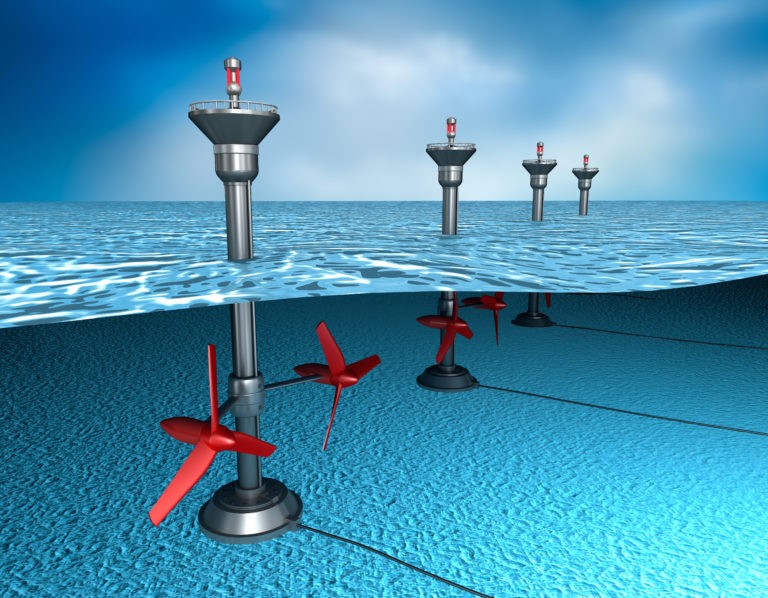
Overcoming barriers: what challenges face tidal energy development?
New, more environmentally friendly tidal stream power plants are being introduced in Scotland. However, the technology is currently considered too expensive, making it difficult to implement at scale.
Coal-fired power plants are climate-damaging and polluting, but they have the flexibility to adjust output based on electricity demand. While wind and solar power plants are environmentally friendly, their electricity production is dependent on weather conditions and time of day. Predicting their power levels is only possible for a short period of time, which represents one of the main problems of the transition to renewable energy sources.
Unlike other energy sources, new tidal stream power plants, or “Tidal Stream” as they are called in English, are being created in the UK. Here it is possible to make a preliminary calculation of the energy produced for many years to come, since this indicator directly depends on the nature of the ebb and flow of the tides. However, this relatively new technology has many features and is significantly more expensive than wind power.
The functioning mechanism of modern tidal power plants

The operating principle of modern tidal power plants differs from traditional methods used, for example, in Canada or France. In older types of plants, reservoirs behind the dam are filled at high tide and then drained in a controlled manner, forcing the water through turbines that spin to produce electricity.
This operating principle has serious negative consequences for the environment. In turn, new tidal flow power plants are installed point-by-point in certain places and cause much less damage to the environment.
Professor Nick Jenkins, who holds a position in the Department of Renewable Energy at Cardiff University in Wales, explains that the new tidal power technology has many intricacies: can be installed, for example, at hydrodynamic funnels in the sea, since this requires high tidal flow velocities.” Overall, however, Jenkins is positive about the technology.
The UK was one of the first countries to connect the turbines of such stations to the electrical grid – more than half of all tidal stream stations installed in the world are in the UK, most of which are in Scotland
Orkney at the center of innovation and technological breakthroughs
One of the leading companies in this area is the Scottish organization Orbital Marine Power. In 2021 they launched their first tidal stream power station in Orkney. They are currently actively working on further projects in the pipeline.

Orbital Marine Power’s project is called O2. Its appearance resembles an airplane with a 74-meter-long fuselage floating on the surface of the water. On the wings there are large propellers that sink under water during operation. Under the influence of tidal currents, rotors with a diameter of 20 meters rotate in a similar way to a wind turbine.
Orbital Marine Power claims that their development is the world’s most powerful tidal power plant – each turbine is capable of generating one megawatt of electricity per hour.